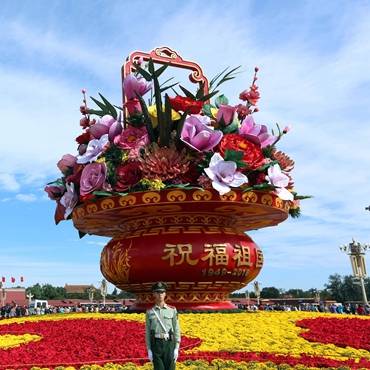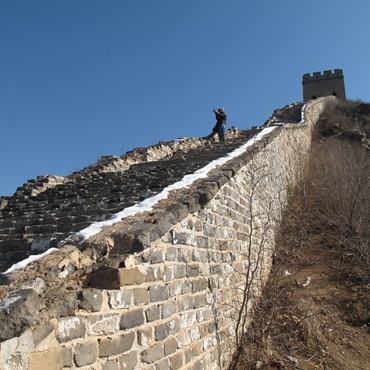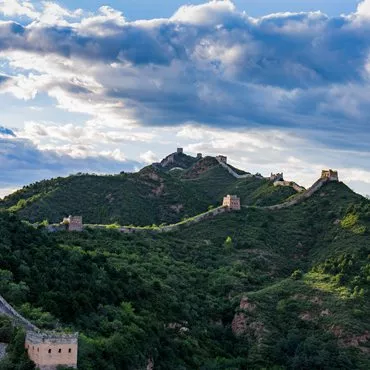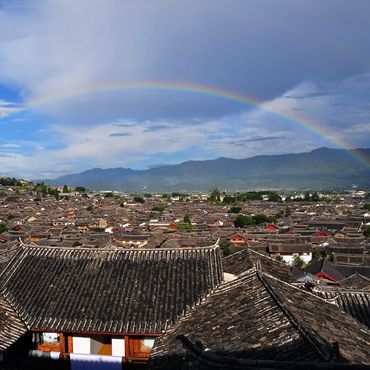Guozijian
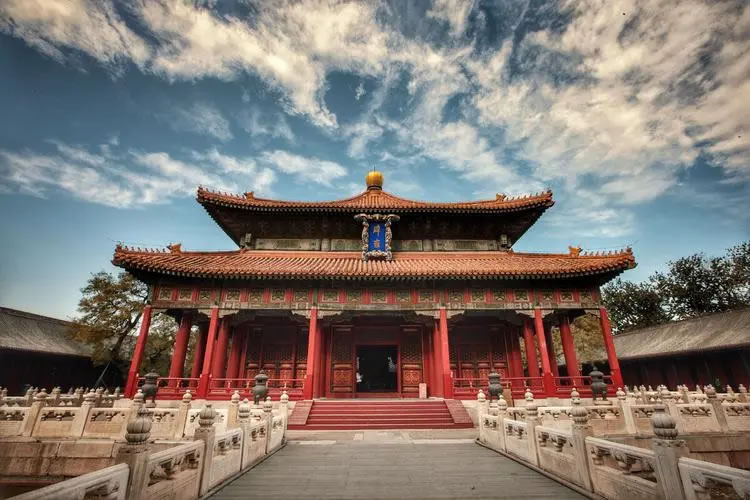
The Guozijian (国子监Imperial College), located at 15 Guozijian Street, Dongcheng District, Beijing, was established in the 24th year (1287 AD) of Emperor Zhiyuan’s reign of the Yuan Dynasty (1271-1368 AD). It served as the highest educational institution (Taixue) and administrative body for education during the Yuan, Ming, and Qing dynasties. It remains the sole preserved ancient site of China's highest academic institution, the only centrally administered imperial university in ancient times.
Aligned north to south, following the architectural principle of "left temples, right schools," it neighbors the Confucius Temple in Beijing. Comprising three main courtyards spread over more than 20,000 square meters, its structures are meticulously aligned along a central axis. From south to north, they include Jixian Gate, Taixue Gate, the Glazed Archway, Biyong, East and West Six Halls, Yilun Hall, and Jingyi Pavilion. Surrounding buildings complement each main structure, forming a harmonious architectural ensemble.
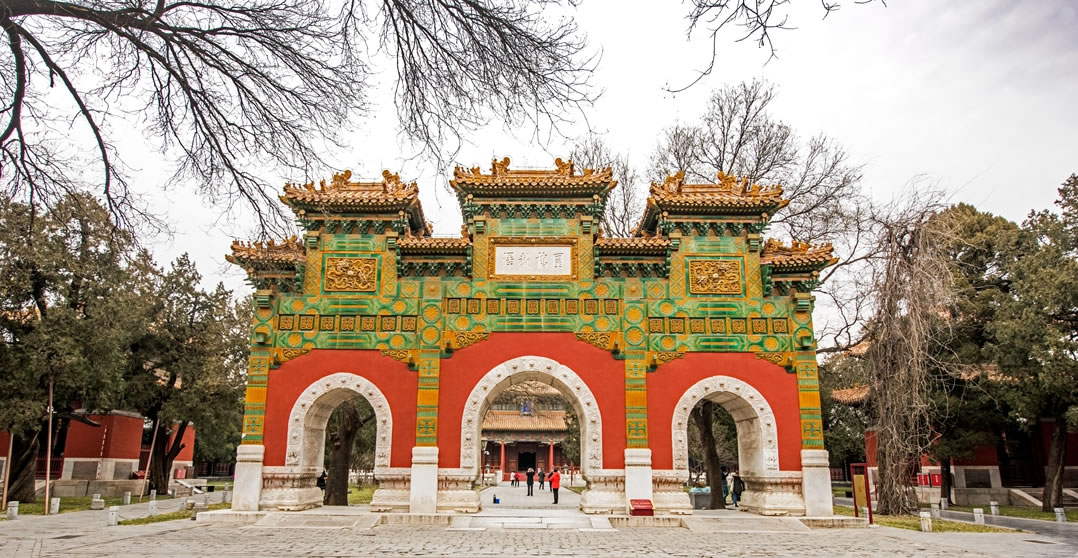
Jixian Gate (集贤门) serves as the grand entrance to the Guozijian, rarely opened, reserved for emperors and the ruling class. Its majestic facade, flanked by brick-built screens, signifies its historical importance. Adjacent are East and West Pavilion Wells, part of the first courtyard. To the east lies Chijing Gate, linking directly to the Beijing Confucius Temple, facilitating students' ceremonial visits to Confucius. To the west, Tuischeng Gate provides convenient access for students and staff.
Taixue Gate (太学门) marks the second courtyard's entrance, adorned with a plaque bearing the characters "Taixue." Flanked by the Clock Pavilion and Drum Pavilion, it also hosts the Imperial Stele Pavilion, commemorating the establishment of the imperial school and the completion of the Biyong circular waterworks.
Liu Li Archway (琉璃牌坊the Glazed Archway), located within Taixue Gate, is a unique educational archway in Beijing, adorned with glazed tiles inscribed by Emperor Qianlong. Its inscription, "Circular Bridge of Educational Blessings" and "Observatory of Learning and Sea," underscores imperial reverence for education. Flanking the archway are pavilions housing stone tablets, including the Han inscription of Emperor Qianlong's "Memorial of the New Construction of Guoxue and Completion of Biyong Circular Waterworks" and a Manchu inscription.
Biyong (辟雍), a square platform atop a stone base, features a pavilion with a double-eaved roof adorned with yellow glazed tiles, symbolizing royal dedication to learning. Surrounding it is a gallery with a circumference of protective water channels, emphasizing its ceremonial and architectural significance.
East and West Six Halls (东西六堂) flank Biyong, providing 33 rooms each for student study. These halls, such as Chongzhi Hall and Zhengxin Hall on the east, and Guangye Hall and Zhengyi Hall on the west, feature large verandas for student activities. Each hall's central eaves are adorned with plaques bearing their names in elegant calligraphy.
Yilun Hall (彝伦堂), north of Biyong, houses the Guozijian's library. Its seven rooms and platform, known as Lingtai or viewing platform, serve as the gathering place for student assemblies and roll calls. In the southeast corner of the platform stands a sundial, an ancient instrument used for timekeeping by tracking the sun's shadow. On the southwest Han white jade Sui Shizuo, engraved with Zhao Mengfu's "Music Yi Theory" inscription.
Jingyi Pavilion (敬一亭) marks the final section of Guozijian's central axis, a five-room building adorned with an imperial plaque reading "Jingyi Pavilion," where emperors imparted wisdom to students. It houses seven imperial tablets, including the Sacred Edict Tablet. East of the pavilion is the Chief Sacrifice's office, while west is the Office of Ministry, serving as the chief official's office for conducting administrative duties.
The "Thirteen Classics Stone Tablets," (十三经刻石) also known as the "Qianlong Stone Classics," are precious historical records of Confucianism's thirteen classic works. During the Qing Dynasty, Jiang Heng traveled to Chang'an and lamented the disorderly state of the "Kaicheng Stone Classics," pledging to transcribe them personally. From the fourth year of Yongzheng (1726) to the second year of Qianlong (1737), it took him twelve years to complete this 630,000-character manuscript.

